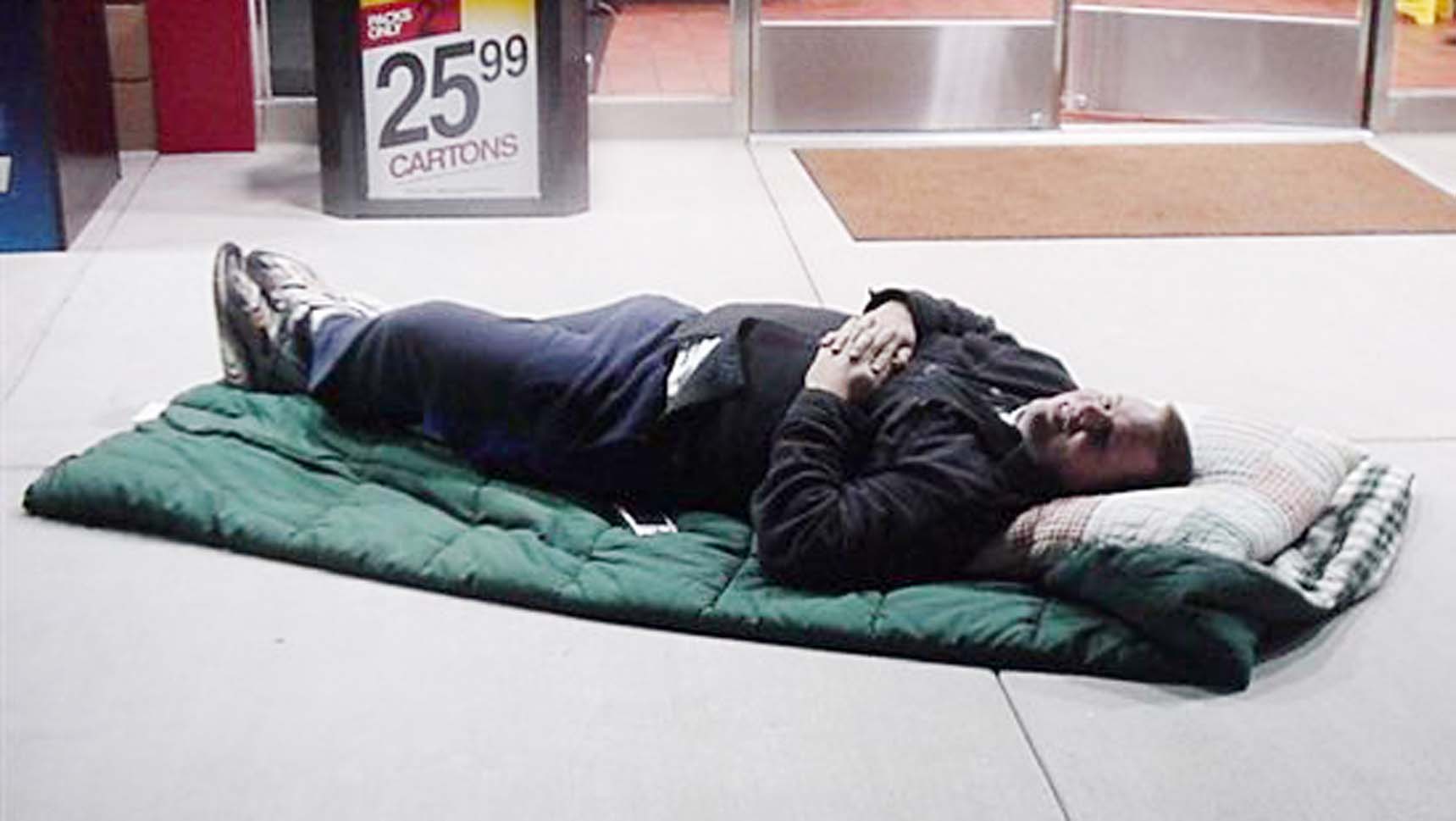In Circle K country – Arizona is home to the convenience store's corporate headquarters since 1957-- a relative newcomer is steadily rising in power and is attempting to reshape the convenience store industry.
Since QuikTrip (QT) first opened eight stores in 2000, the chain has grown to 106 locations today. And in an ambitious effort to compete with the fast food market, the company recently added "QT Kitchens" to its locations. Amid such lofty plans, QT is relying on the American consumer's growing reliance on quick, convenient food options -- not to mention a cult-like following of the QT logo.
"I don't know what it is, I just love everything about QT. I'm like their number-one fan," said Shannil Merrill, a mother of four who on a recent morning just hit the soda machine with her 5-year-old son, Jack.
Customers have been known to camp out in front of QT stores the night before grand-openings. Shannil seemed almost embarrassed to admit she visits "sometimes twice a day" the Tempe-based QT near Loop 101 and Southern Avenue. She's even bought her kids' school lunches there, she says, partially covering her face as she utters the words, as if to realize for the first time she referring to a gas station convenience store.
What attracts such loyalty to the QT logo?
There are small touches, like the guarantee of purified water in fountains and ice machines.
"I'm a connoisseur of Diet Dr. Pepper and there's not a better one than QT," Merrill said.
Cleanliness and friendly customer service are mentioned by several customers as the two most important reasons why they are loyal.
"They're quick and they're not jerks to you," said Jacob Burress, a 21-year-old software support employee, holding a bag of Cool Ranch Doritos and a doughnut during his daily morning visit before work.
Uniformity is also a strength. The Tulsa-based company enforces precise corporate control over every detail of its stores nationwide. Even store floor plans are replicated as closely as possible in design so that customers "know whether to go right or left when they walk into any store for whatever they need," said one corporate spokesman.
Employees are paid better than average gas station workers, a QT spokesperson said. Managers average more than $70,000 annually. Assistant managers average $40,000.
"We hire tough and we retain the best in the industry," said Matt Arellano, Arizona Division Sales manager.
John Owens, assistant manager at the same QT Tempe location, said he previously worked for a competitor. Now he earns more money and gets better benefits, he said. He also said he works harder.
"Here you get feedback almost daily. The expectations are very high," Owens said.
There are other characteristics that contribute to QT's loyal following. The buildings are bright and spacious– a QT spokesman boasts their 5,000 to 6,800-square-foot stores are, on average, four times larger than many competitors – making possible the massive variety of drinks, slushes and food. At each QT store, there is a bewildering selection of more than 50 fountain sodas, slushes and iced teas.
Customers also rarely wait in line for gas. QT stores are equipped with no less than 16 gas pumps.
In comparison to Circle K, QT still has a long ways to catch-up. Circle K's deep roots in the community and its strong reputation have allowed it to grow as well, though at a slower pace. In 2003, Circle K had 506 locations in Arizona. Today Circle K has 586 stores. Another household name in convenience stores, 7-Eleven, has 64 locations in Arizona.
The convenience store industry, in general, experienced record sales nationally in 2014, according to the National Association of Convenience Stores.
Whether or not QT's expansion into the ready-to-order food and barista market is successful remains to be seen. Over the last two years, QT began installing "QT Kitchens" in its stores, offering fresh-made pizzas, hot sandwiches, shakes, coffee and more.
Arellano acknowledged there has been a transition period for employees, who are now asked to make pizzas and cooked sandwiches from scratch.
"We've learned along the way, putting into place better processes and better training," he said.


